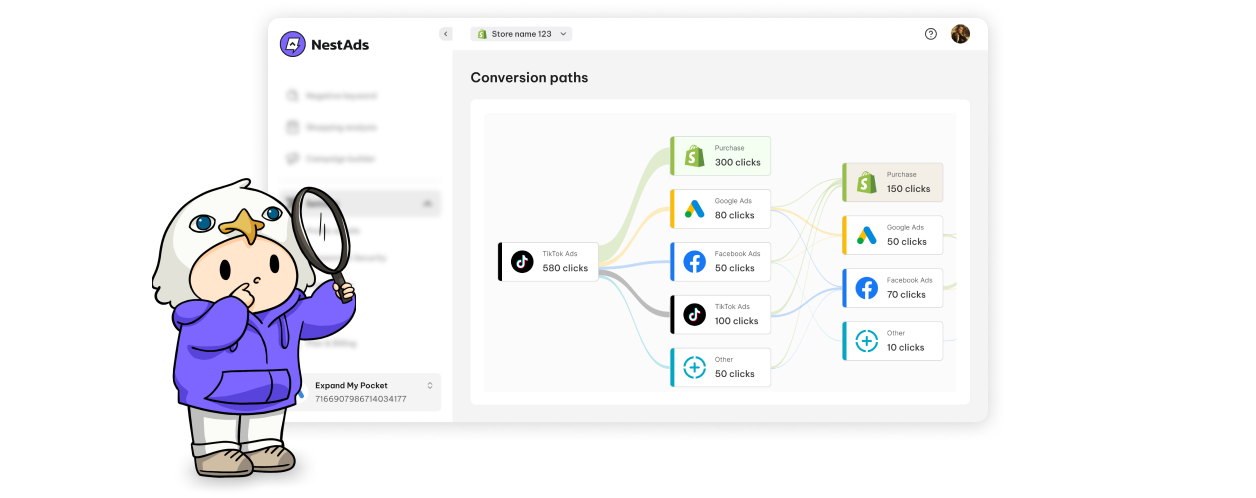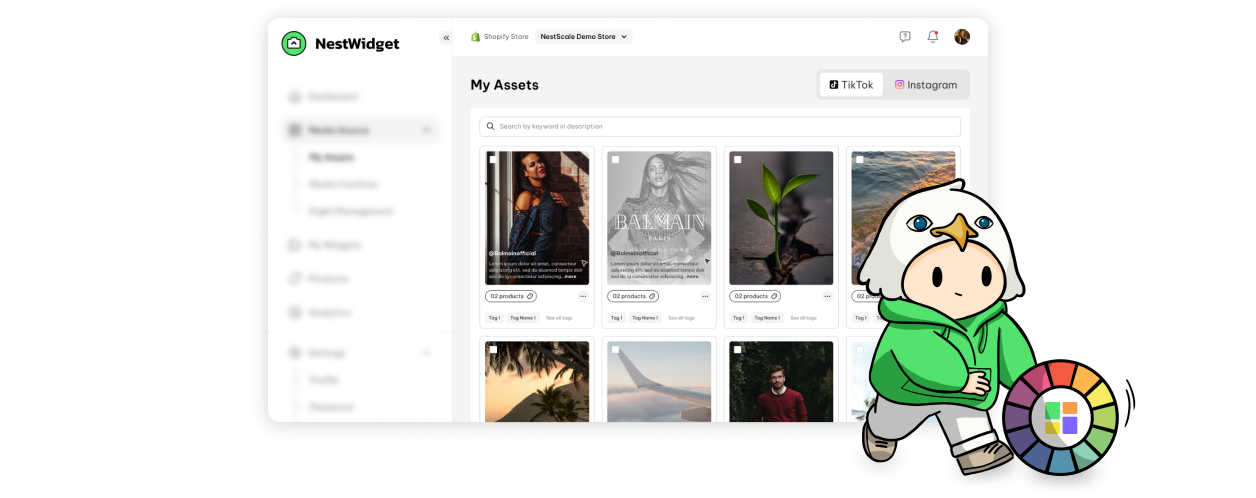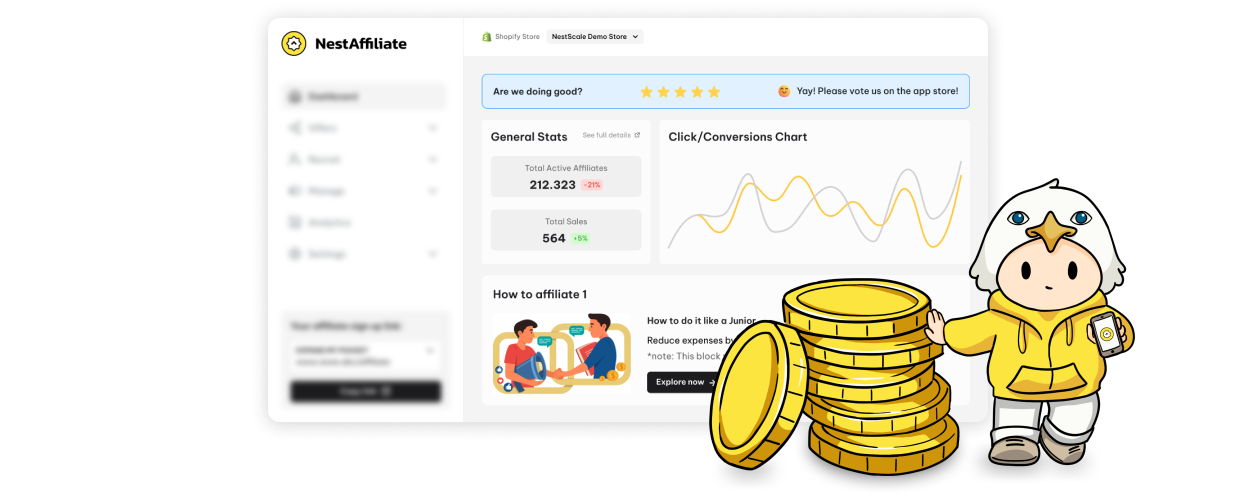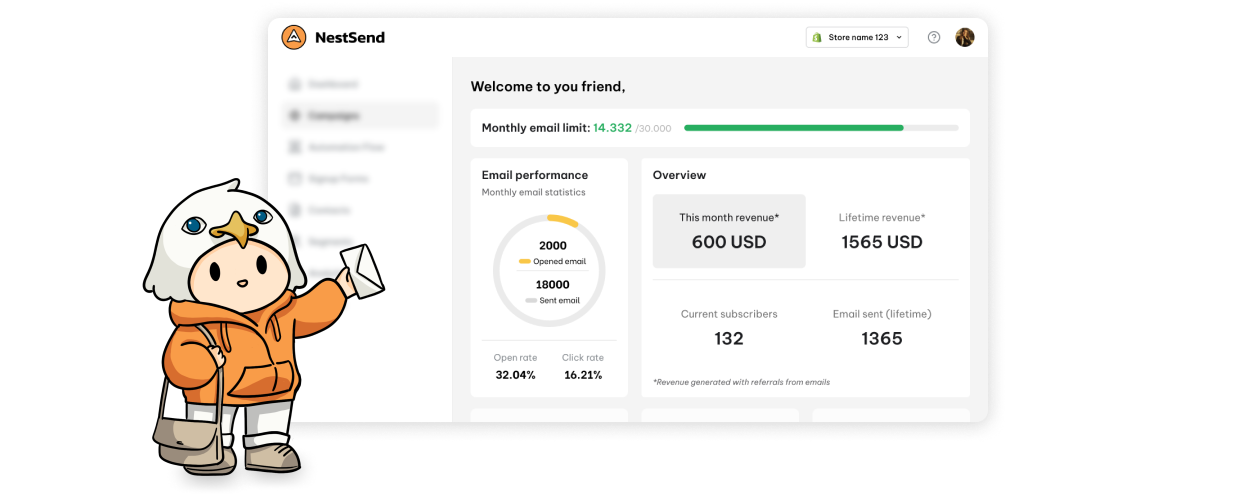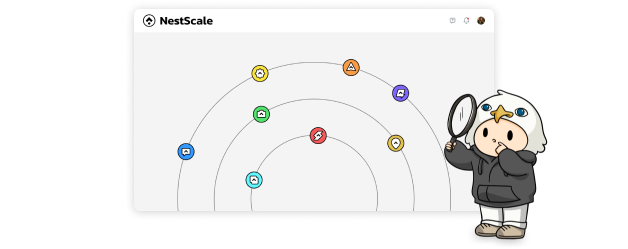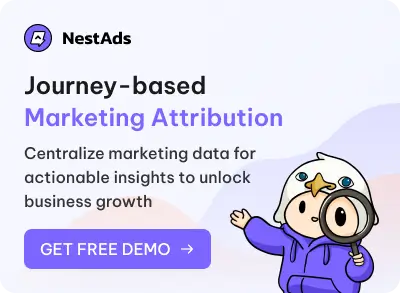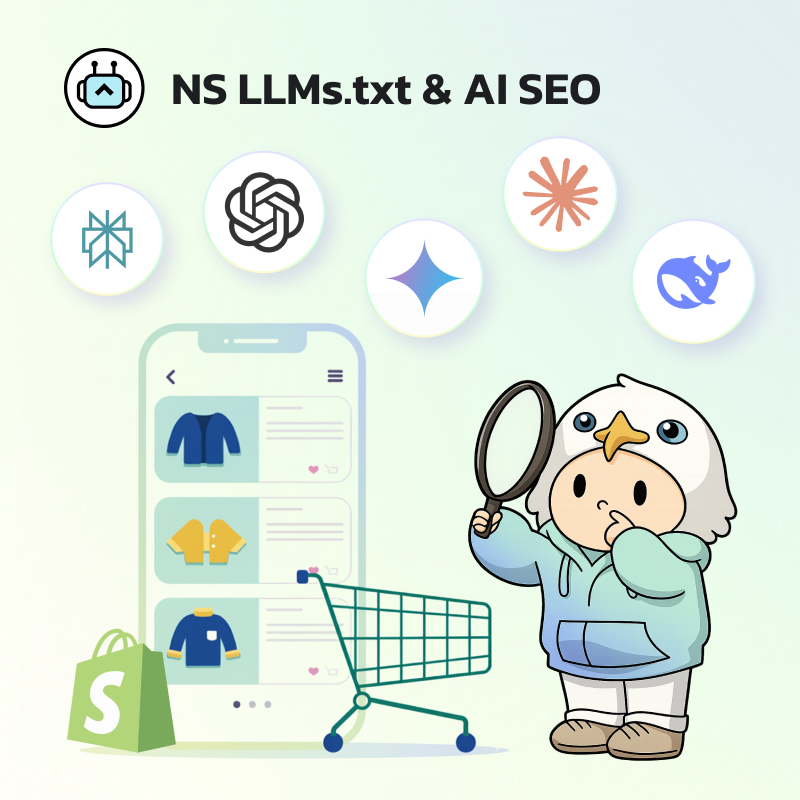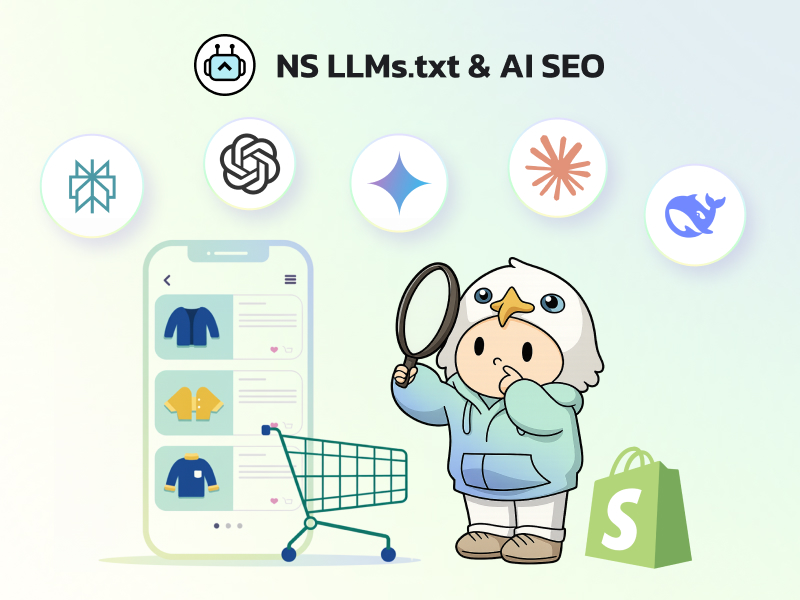What is cost per session (CPS)?
Cost Per Session (CPS) is a marketing metric that measures the cost of bringing a single visitor to your website through paid efforts such as advertising, influencer collaborations, or affiliate marketing. CPS takes into account unique website sessions, making it a more holistic way to evaluate marketing spend.
How to calculate CPS?
Formula
CPS = Total Marketing Spend Total Website Sessions
Example:
- Total ad spend: $3,000
- Total website sessions: 15,000
CPS = 3,000 / 15,000 = $0.20
This means the business spends $0.20 per website session.
💡 CPS should be analyzed alongside conversion rate and average order value (AOV) to make sure traffic is converting into revenue.
Why does CPS matter?
CPS helps e-commerce brands evaluate the cost-efficiency of their traffic acquisition efforts across different channels.
- Better budget allocation: Helps identify which marketing channels drive the most cost-effective traffic.
- Optimized paid advertising: Ensures ad spend is delivering valuable website sessions.
- Performance tracking across channels: Allows businesses to compare CPS from Google Ads vs. Facebook Ads vs. influencers, etc.
- Aligns with conversion optimization: A low CPS is valuable only if traffic is converting into sales.
💡 A high CPS with low conversion rates may indicate ineffective ad targeting or a poor website experience.
What factors influence cost per session?
CPS is impacted by several factors that affect the cost and quality of incoming traffic.
- Ad competition & bidding strategy: Higher competition in ad auctions can drive up CPS.
- Audience targeting: Poor targeting increases CPS by attracting irrelevant visitors.
- Landing page quality: A slow or unoptimized page may lead to high bounce rates, reducing session quality.
- Traffic source: Paid search ads usually have a lower CPS than influencer marketing or affiliate partnerships.
- Seasonality & demand fluctuations: Peak shopping seasons may increase CPS due to higher advertising costs.
💡 Optimizing ad targeting, improving landing page experience, and testing multiple traffic sources can help reduce CPS while increasing session quality.





